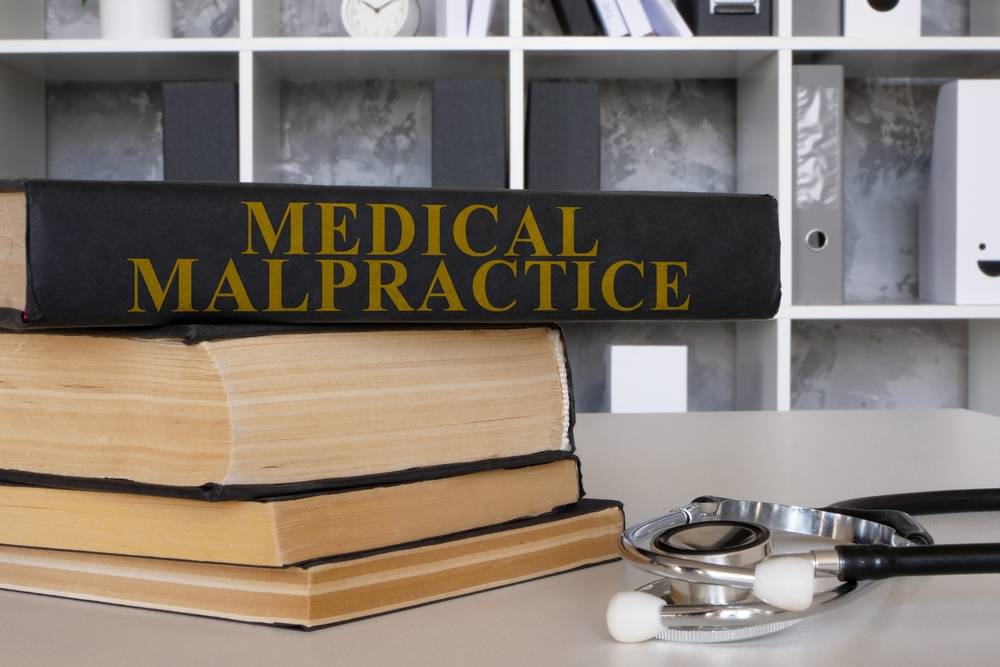Common Types of Medical Malpractice Claims in New York Hospitals
By seriousl June 9, 2025
 When hospital care falls short of accepted medical standards and a patient is harmed, New York law treats that injury as medical malpractice. In hospitals, the most frequent claims involve delayed or missed diagnoses, surgical mistakes (including wrong‑site procedures and retained sponges or tools), medication errors, anesthesia injuries, birth‑related harm, hospital‑acquired infections, and preventable falls or pressure injuries.
When hospital care falls short of accepted medical standards and a patient is harmed, New York law treats that injury as medical malpractice. In hospitals, the most frequent claims involve delayed or missed diagnoses, surgical mistakes (including wrong‑site procedures and retained sponges or tools), medication errors, anesthesia injuries, birth‑related harm, hospital‑acquired infections, and preventable falls or pressure injuries.
If you suspect any of these issues, call 518‑483‑1440 for a comprehensive consultation with Poissant, Nichols, Grue, Vanier & Babbie, P.C. A skilled New York personal injury lawyer can review your records quickly and identify next steps.
Misdiagnosis and Delayed Diagnosis
Diagnostic error is a leading driver of hospital claims. AHRQ’s Patient Safety Network notes that diagnostic error accounted for a significant share of preventable inpatient errors and that thousands of hospitalized patients die annually due to missed or delayed diagnoses. Common breakdowns include failure to order timely imaging, misread radiology, and poor handoffs between the emergency department and inpatient teams. A medical malpractice lawyer looks for where the standard of care broke—what tests should have been ordered and when—and whether delay changed the course of disease.
Surgical Mistakes and Retained Foreign Objects
Operating‑room errors include wrong‑site/ wrong‑procedure surgeries and unintended retention of foreign objects, both recognized by The Joint Commission as serious sentinel events. Joint Commission data show these events remain among the most frequently reported categories nationwide. New York’s statute of limitations has a special rule for retained foreign objects: the clock can run from discovery, not the date of surgery. A personal injury lawyer will gather the operative report, nursing counts, and post‑op imaging to prove causation.
Medication Errors in the Hospital
Medication errors—ordering, dispensing, or administering the wrong drug, dose, or route—can cause stroke, respiratory depression, or internal injury. AHRQ’s hospital toolkit classifies medication errors by severity, from those that never reach the patient to those requiring intervention or causing permanent harm. Records that matter include MARs (medication administration records), pharmacy logs, and barcode‑scanning exceptions. If a nurse or pharmacist deviated from protocol and injury followed, a lawyer can pursue hospital liability under standard agency principles.
Hospital‑Acquired Infections (HAIs)
Patients can acquire bloodstream, urinary, surgical‑site, or ventilator‑associated infections while hospitalized. The CDC estimates that on any given day 1 in 31 patients has at least one HAI in U.S. acute‑care hospitals; tens of thousands die during their admissions. Liability can arise from failures in sterile technique, central line maintenance, or timely antibiotic prophylaxis. Proving these claims often requires infection‑control policies, staffing ratios, and surveillance data. For families seeking a medical negligence lawyer, infection timelines and microbiology match‑ups are key.
Birth Injuries and Maternal Harm
Obstetric cases in hospitals may involve shoulder dystocia mismanagement, delayed C‑section, fetal monitoring errors, or postpartum hemorrhage. Anesthesia‑related events during labor and delivery are also well‑documented in the American Society of Anesthesiologists (ASA) Closed Claims literature, which tracks patterns of injury to drive safety improvements. These sources help medical negligence lawyers show where monitoring, escalation, or team communication fell short.
Anesthesia Errors
Anesthesia malpractice claims have evolved over decades, with the ASA’s Closed Claims Project and related analyses showing shifting injury patterns and overall safety improvement alongside persistent risks like airway complications and medication management failures. Proving negligence may involve evaluating pre‑op assessment, intra‑op monitoring, and drug selection. A medical injury lawyer will consult anesthesiology standards and device data (e.g., capnography, pulse oximetry trends).
Preventable Falls and Pressure Injuries
Inside hospitals, patient falls and pressure ulcers often signal lapses in risk assessment, rounding, or safe‑mobilization protocols. The Joint Commission reported patient falls as its most common sentinel event in 2023, with wrong surgery and foreign‑object retention also high on the list. Hospitals are expected to evaluate fall risk on admission and implement turning schedules and protective surfaces to avoid harm. For an attorney, chart audits focus on whether those standard steps were documented and followed.
What You Should Do If You Suspect Malpractice in New York
If you or a loved one suffered harm in a New York hospital—through misdiagnosis, a surgical mistake, medication error, anesthesia injury, infection, or a preventable fall—Poissant, Nichols, Grue, Vanier & Babbie, P.C. will move quickly to secure records, consult qualified clinicians, and apply New York’s rules to protect your claim; contact us today at 518‑483‑1440 or through this page to speak with a New York personal injury lawyer who can assess your options and pursue compensation.
